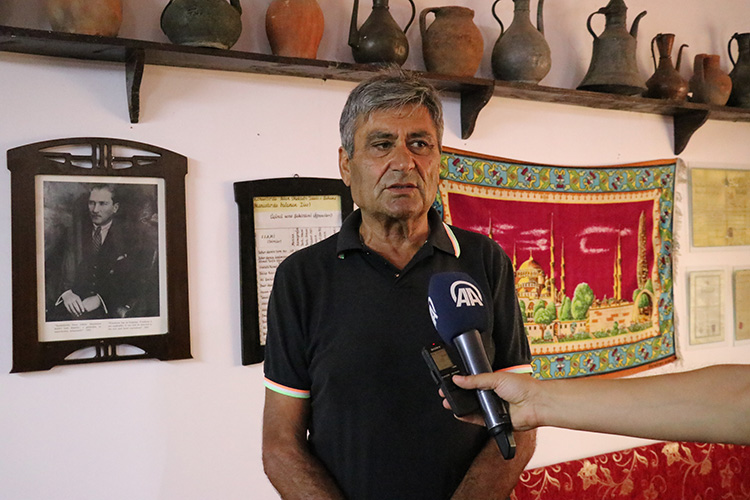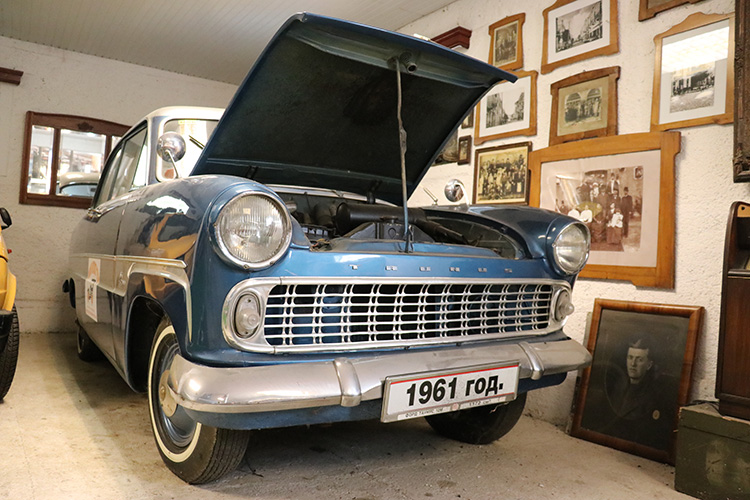The Filip Automobile and Ethnographic Museum, located near the city of Manastyra (Bitola) in the south of North Macedonia, sends its visitors on time in time.
The attention of tourists and local residents is attracted by classic cars, motorcycles, bicycles and various vehicles set in a museum located in the village of Krclino, approximately 10 kilometers from the city of Manastyra.
The museum exposition includes such models as 1953 Simca Ariane, Opel Rekord, Ford Taunus, Plymouth Valiant and Moskvich. Along with cars, visitors are also attracted by vintage models of motorcycles and bicycles.

On the top floor of the museum there are sections with Turkish, Jewish and village halls. Here is a collection of clothes and objects belonging to these cultures.
In an interview with Anadol, the owner of the museum Boris Tanevsky spoke about his interest in collecting, as well as about the cars and objects he collected.
According to the collector, during the First World War, the front line passed near the village, so there were a lot of weapons in this region.

Tanevsky noted that he collected and repaired the found weapon from 10 years.
“I really liked to repair and craft, so in 1991 I already actively started collecting.” At first I collected weapons, then I bought a motorcycle. After buying a motorcycle, I opened a bicycle store. In my store I began to exhibit engines. Visitors to the store talked about engines in other villages. I collected a dozen engines. Soon there was a desire to purchase a car, ”he said.
According to the collector, the first machine he acquired, was the 1953 Simca Ariane model, which he liked the most.
“At that time, I started collecting, collecting auto models and engines. Today we have 11 cars, one minibus and about 35 engines,” Tanevsky noted.
.

The collector noted that I bought a Simca model for 500 German brands, and spent 9,500 marks on its restoration.
Tanevsky said that the museum also has a zone where various household items and clothes are exhibited.

According to him, part of the territory of the museum was allocated to the Turkish room, as a sign that the founder of the Turkish Republic of Mustafa Kemal Ataturk studied in Manastra.
“I consider Mustafa Kemal Ataturk a great man, not only because he was in a manastra, but also because he united a huge, great Turkey and created such a state,” the collector noted.
